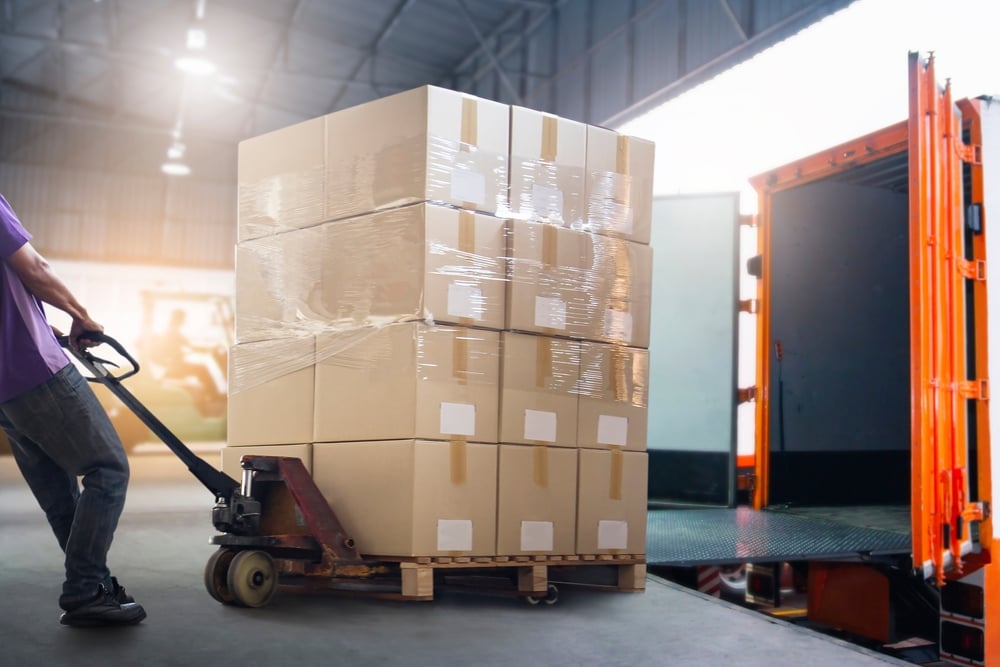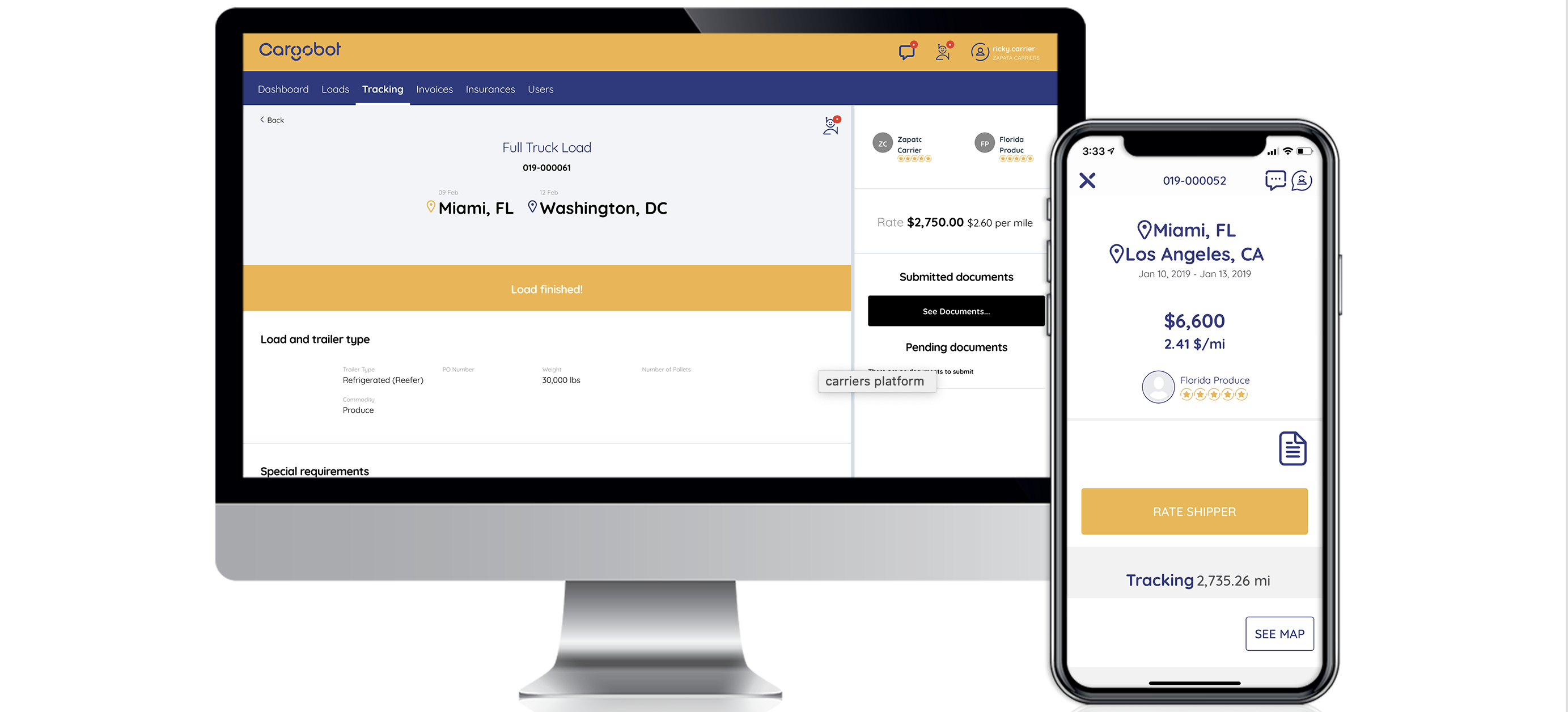Freight Class 101: Enhancing Logistics Efficiency for U.S. Shippers
Understanding freight class is vital for anyone in the field of over-the-road shipping logistics. It's key to managing transportation expenses and ensuring smooth operational management.
In this guide, we'll delve into the importance of freight class, explore its various categories, and show how making its management easier can lead to cost-efficient shipping solutions.
At Cargobot, we strive to arm shippers, shipping companies, and logistics managers with the knowledge to manage freight classes easily.
"Freight class is to shipping what soil quality is to farming - a fundamental determinant of success" - Cargobot
In the following sections, we will touch on critical details around freight class, including the National Motor Freight Classification (NMFC) codes, the impact of freight class on shipping costs, and the common mistakes shippers often make.
We'll provide tips for accurate freight class determination and demonstrate how technology like Cargobot has significantly simplified class management. So, grab a cup of coffee, and let's start our journey into the world of inland freight classes.
Let's Talk About Freight Class in Today’s Economy

Freight class is a vital part of the current shipping and logistics scene. With a more competitive market than ever, it's crucial to get your freight class right. This system helps carriers categorize shipped items based on their density, ease of handling, size, and associated liability risk. Using this method, each shipment gets a class between 50 and 500, influencing the freight rate.
The rule of thumb is: the higher the class, the higher the rate. For example, bulky or high-value items like electronics or ping pong balls get a higher class and rate because they take up more space or need extra care.
Conversely, heavy and compact items like bricks are low class, meaning lower rates. Though it sounds simple, it's a technical process and mistakes can be costly. Understanding freight class is critical to avoid problems and unnecessary costs.
Let's investigate how freight class affects shipping costs if that made you curious.
Freight Class and Shipping Costs

Knowing how freight class affects shipping costs can make or break your budget. In the National Motor Freight Classification (NMFC) system, every type of commodity gets a specific freight class between 50 and 500. Generally, a lower freight class means lower shipping costs, and a higher class means higher costs. This system takes into account the risks of transporting different types of goods.
So, what determines a shipment's freight class?
- Weight: Heavier shipment usually means a lower class, hence lower shipping costs.
- Density: Denser freight likely gets a lower freight class, leading to lower costs.
- Stowability: If items are easy to store and stack, they probably have a lower freight class.
- Handling: Goods that need special handling could end up in a higher freight class.
It's crucial to classify your goods correctly. A classification error can cause expensive surprises because you could pay more if your shipment is reclassified into a higher class. Plus, it could even get delayed.
Every business is looking for ways to streamline and save money in an industry pressured by rising fuel prices and competition. Therefore, mastering freight classification and its impact on shipping costs benefits any shipper or logistics manager. Remember, the first step to managing freight costs is accurately determining the freight class.
Leveraging Technology for Stronger Freight Class Management

Efficiently managing freight class and ensuring accurate determinations can be arduous without the right tools. This is where technology steps in, providing platforms to streamline this process and reduce the chances of manual error.
The Utility of Technology in Freight Class Determination
Technology, especially platforms explicitly designed for freight class management, can significantly simplify determining freight classes. Using algorithmic calculations, these platforms can accurately assess the freight class based on weight, density, stowability, and ease of handling.
This saves time and ensures that shippers avoid costly mistakes and subsequent penalties.
Embracing Automation in the Freight Industry
Automation has revolutionized various facets of the shipping industry, and freight class determination is no exception. By automatically calculating freight class, shippers can significantly reduce the time and resources that are otherwise required for manual calculations. Moreover, automation reduces the risk of freight misclassifications and helps shippers keep their shipping costs in check.
Digitizing the NMFC Code System
An integral property of these technological platforms is the digitization of the NMFC code system. By maintaining an up-to-date digital database of NMFC codes, these platforms make it easier for shippers to categorize their goods accurately and in compliance with industry regulations. It's quicker, more efficient, and more precise than manually plowing through dense codebooks.
Cargobot's Role in Using Tech to Simplify Freight Classifications

Regarding freight classification, accuracy cannot be overemphasized; this is where Cargobot steps in. As a leader in the logistics industry, Cargobot is well-positioned to help shippers and logistics managers simplify freight classifications using technology.
There are several unique benefits that Cargobot provides specifically for inland shippers:
- Direct pricing: Instead of working with a middleman, inland shippers can get their pricing directly from carriers, eliminating markups. This transparency can help significantly reduce shipping costs.
- Wide carrier selection: Cargobot has a vast network of professional, reliable carriers. This gives shippers the flexibility to choose the carrier that best suits their needs, ensuring efficient and safe transportation of goods.
- Efficient freight matching: Cargobot uses advanced algorithms to match freight with the ideal carrier and equipment. This ensures optimal cargo shipping while saving time on freight matching.
- Technology-driven process: From booking to billing, the entire shipping process is digitized, making it smoother, faster, and more efficient. Shippers can easily track their freight in real-time and get quick updates on their shipment status.
- Expert support: A dedicated support team always assists shippers. They provide expert guidance throughout shipping, helping shippers avoid common mistakes and misconceptions about freight classes.
Incorrect freight classifications are a common but avoidable problem. Cargobot provides expert consultation services. They have a team of trained logistics professionals who can guide you towards the correct classification for your freight, curbing unnecessary expenditure and ensuring a smooth shipping process.
By leveraging crucial features in Cargobot's platform, shippers can easily navigate freight classes and improve logistics efficiency. The significance of correct freight classification cannot be overstressed. It helps you take control of your shipping costs, ultimately influencing your bottom line.
With Cargobot's help, shippers gain more than just an efficient shipping process - they gain peace of mind.


